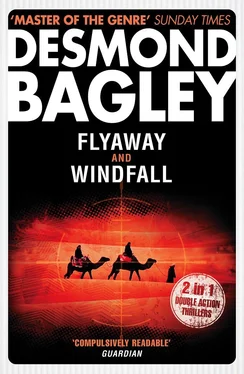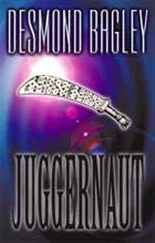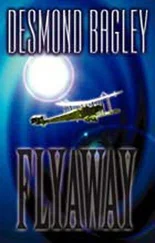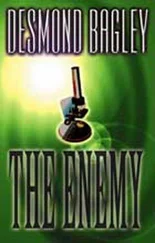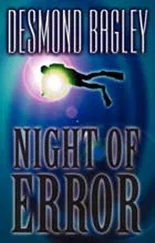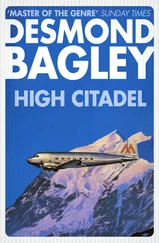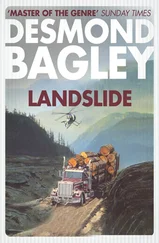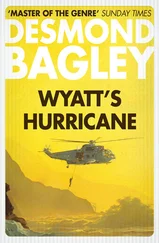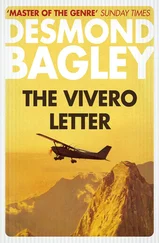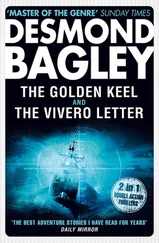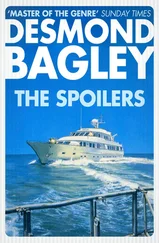‘All right,’ I said. ‘Spit it out. What are you getting at?’
Byrne said, ‘Would you put up, say, five camels to help find Paul’s old man?’
The question was so unexpected that I blinked with astonishment and I suppose I was testy. ‘What the devil do you mean?’
‘I mean put up the price of five camels.’
‘How much is a camel worth?’ I asked suspiciously.
Byrne scratched his jaw through his veil. ‘An ordinary pack camel will go for about a hundred pounds sterling. A reasonable Mehari will fetch between a hundred fifty and two hundred.’ He laughed. ‘You couldn’t buy Yendjelan for a thousand. Okay, let’s say five hundred.’
‘You want me to put up £500,’ I said carefully. ‘To find Paul’s father.’
‘I’d put up the same,’ he said. ‘In camels.’
‘So now we have ten camels,’ I said. ‘How do they help? Do we ride them spaced a hundred yards apart in a sweep of the bloody Sahara?’
‘No,’ said Byrne calmly. ‘They’re a reward for a sighting of a plane that crashed in 1936 – payable when we’re taken to see it.’
It was a good idea provided I was willing to fork out £500 to help Paul Billson, which wasn’t a cast-iron certainty. A good idea but for one thing – the time element. I said, ‘For God’s sake! How long will it take for news of this reward to get around? Two months? Three months? I don’t have that much time to spend here, and if I go, then Billson goes, even if I have to do what Hesther suggested – club him and put him in a sack.’
Byrne laughed quietly. ‘You don’t know much about the desert. There are trucks going up from Agadez to Tam every day – two days’ journey at the most. Those truck drivers waste no time in sight-seeing; they’ve seen it already. From Tam to In Salah – another day. From Agadez east to Bilma – two days. From Bilma to Djanet in the Tassili n’ Ajjer – two more days driving fast. In six days minimum I can get news to all the important oases in the desert. The whole Sahara is a big sounding-board if the news is important enough.’
I was sceptical. ‘Word of mouth?’
‘Word of mouth – hell!’ Byrne snorted. ‘Ten thousand leaflets handed out. Printed in Arabic, of course. Those who can’t read will go to the public letter-writers for a reading as soon as they hear of a ten-camel reward.’
‘You’re crazy,’ I said. I looked around at the thorn trees and the browsing camels. ‘Where the blazes are you going to get ten thousand leaflets printed here?’
‘I’ll draw it up tonight,’ he said. ‘Then have them Xeroxed in Agadez. They have a machine in the bank.’ He leaned forward and peered at me. ‘Something the matter?’ he enquired gently.
‘No,’ I said weakly. ‘Nothing the matter. It’s just the idea of blanketing the Sahara with leaflets seems a bit weird. You’ve never worked for J. Walter Thompson, have you?’
‘Who’s he?’
‘A small advertising agency back in the States – and elsewhere.’
‘Never heard of him.’
‘If you ever leave the desert I’d apply for a job with him. You’d do well.’
‘You’re nuts!’ he said. ‘Well, what about it?’
I started to laugh. Between chuckles I said, ‘All right … I’ll do it … but it won’t be for Paul Billson. It’ll be worth it just to say I’ve done a saturation advertising campaign in the Sahara.’
Byrne wagged his head. ‘Okay – I don’t care why you do it so long as you do it.’
‘What do I do?’ I said. ‘Give you a cheque?’
‘Now what in hell would I do with a cheque?’ he asked. ‘I’ll put up your half and you get the cash to Hesther in Algiers as and when you can.’ He paused. ‘Pity we don’t have pictures of the plane. Paul had some but they went up with the Land-Rover.’
‘I can help there. I got some photocopies from the Aeronautical Department of the Science Museum in London. Not Billson’s plane but one exactly like it.’
‘Good,’ said Byrne. ‘We’ll put those on the hand-out. Or maybe drawings might be better.’ He adjusted his veil and stood up. ‘There’s one thing you maybe haven’t thought of.’
‘What’s that?’
‘If the guy who shot Paul is still around he might get to know of these leaflets if he has local connections. If he does he’ll be drawn down here like a hornet to a honey-pot. It might turn out real interesting.’
It might indeed!
When Paul Billson heard what we were going to do he took it as his due. He didn’t even thank us, and I could have picked him up and shaken him as you would try to shake sense into a puppy. But that was the man, and he wasn’t going to change. Byrne settled down to draw up his leaflet and I wandered away to think about things – mostly about Byrne, because I was fed up with thinking about Paul.
From what I had seen of Byrne’s camels he seemed to take pride in breeding a superior animal. If his information on the price of camels was correct and a pack camel would cost £100, then it would be reasonable to assume that his might average, say, £150. That would make him worth £45,000 in stock alone, regardless of his other interests. He had said he ran salt caravans; I didn’t know if that was profitable but I assumed it was. Then there was whatever he got from Hesther Raulier for looking after her affairs in the desert, and there were probably other sources of income.
It seemed likely that Byrne was a wealthy man in his society. I don’t know how far the Tuareg had been forced into a cash economy – I had seen very little money changing hands – but even on a barter basis Byrne would be rich by desert standards.
Next day Byrne and I went into Agadez, Paul staying behind on Byrne’s insistence. ‘I don’t want you seen in Agadez,’ he said. ‘You’d stand out like the Tree of Ténéré. You spend the day here – and stay put. Understand?’
Paul understood. It wasn’t what Byrne said, it was the way he said it that drove it home into Paul’s skull.
As we drove away Byrne said, ‘And Hamiada will see that he stays put.’ There was a touch of amusement in his voice.
I said, ‘What was that you said about a tree?’
‘The Tree of Ténéré?’ He pointed east. ‘It’s out there. Only tree I’ve ever heard of being put on the maps. It’s on your map – take a look.’
So I did, and there it was – L’Arbre du Ténéré, about a hundred and sixty miles north-east of Agadez in the Erg du Ténéré , an area marked yellow on the map – the colour of sand. ‘Why should a tree be marked?’
‘There’s not another tree in any direction for about fifty kilometres,’ said Byrne. ‘It’s the most isolated tree in the world. Even so, a fool French truck driver ran into it back in 1960. It’s old – been there for hundreds of years. There’s a well there, but the water’s not too good.’
So the map indicated – eau trés mauvaise à 40 m .
It was a little over a hundred miles to Agadez over roughish country. Even though we were able to pick up speed over the last forty miles of reasonable track it took us five hours, averaging twenty miles an hour for the whole trip.
Agadez seemed a prosperous little town by Saharan standards. It even had a mosque, something I had not seen in Tam. We parked the truck outside the Hotel de l’Aīr and went inside to have a beer, then Byrne went to the bank to have his leaflets printed. Before he left he said, ‘You might like to do some shopping; it’s better here than in Tam. Got any money?’
It occurred to me that Byrne was laying out considerable sums during our travels and he would need recompense. I dug out my wallet and checked it. I had the equivalent of about a hundred pounds in Algerian currency, another four hundred in travellers’ cheques and a small case stuffed with credit cards.
Читать дальше
